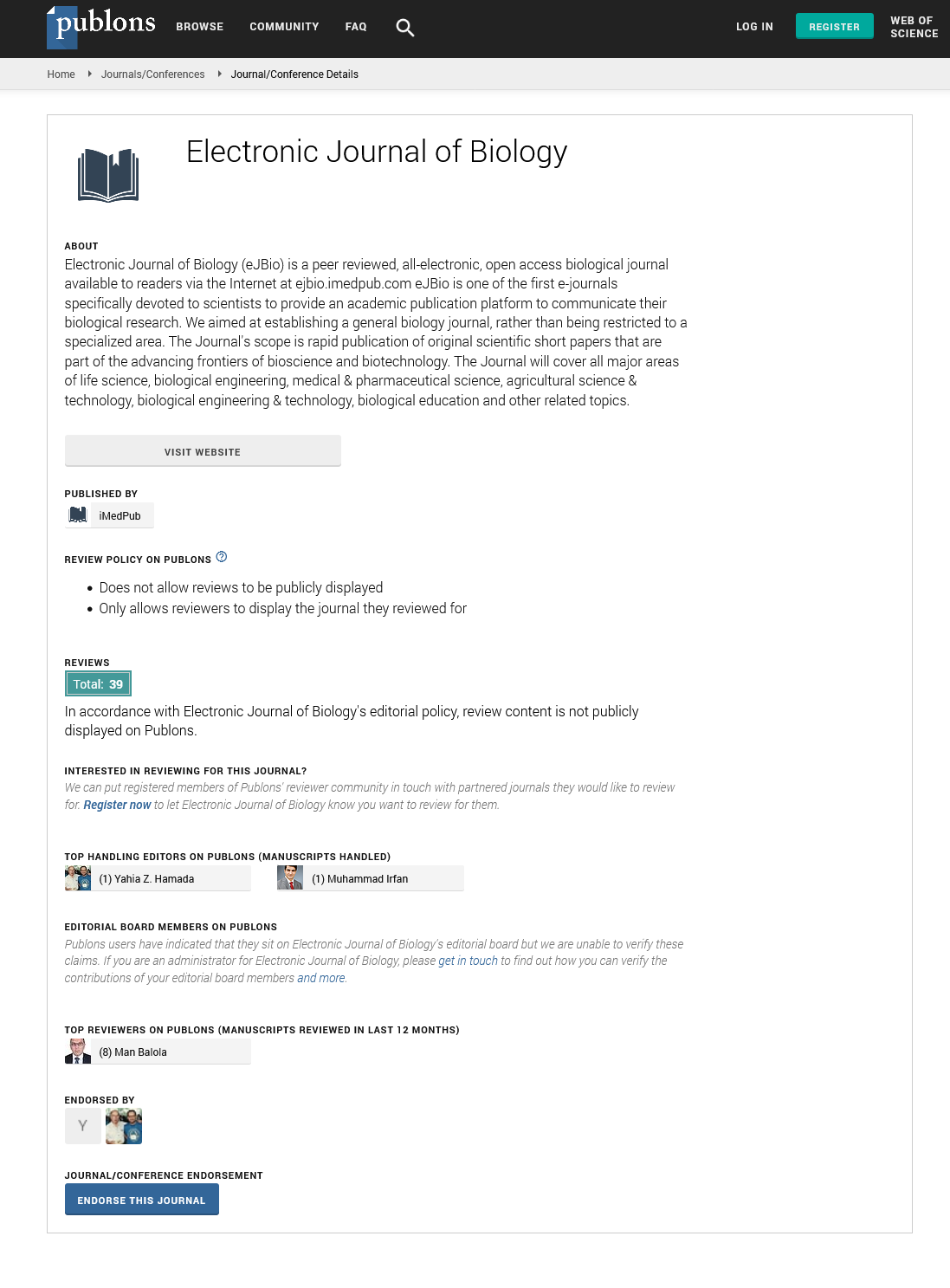Abstract
Ethnomedicinal Knowledge of Plants among the Indigenous Peoples of Santol, La Union, Philippines
With today’s younger and more educated populace, knowledge or information of these traditional herbal medicines is no longer valued as being useful. Further, with the advent of modern medicine and technology, the indigenous knowledge of herbal medicine and practices handed down from forefathers has been threatened to extinction. Thus, this research identified the types of medicinal plants used by local people and investigated the extent to which the plants are used. A total of 40 informants were interviewed, allowing for Calculated Informant Consensus Factors (ICF), Use Value (UV) and Fidelity Levels (FL) for each medicinal plant species used to cure various ailments. This helped to establish a consensus on which species are effective for a particular ailment, as well as the species’ relative importance, and enabled us to understand the extent of potential utilization of each species. The therapeutic effects of 109 plant species used medicinally against 13 categories of ailments. The highest ICF values were cited for diseases of the eye and adnexa and for genitourinary system. High FL values were found for gatas-gatas/tawa-tawa (Euphorbia hirta L.) and malmalukong/takip-kuhol (Centella asiatica (L.) Urb.) used for the treatment of sore eyes and inflamed ears, respectively. The highest UV (1.00) was for guava (Psidium guajava L.) and lagundi (Vitex negundo L.). All plants with high UV were used for exogenous diseases, diseases of the skin and subcutaneous tissues, respiratory and digestive system. There are different modes of preparations of the medicinal plants. For instance, immediate treatment for cuts was demonstrated by using crushed leaves of Pantalyon/suob-kabayo (Hyptis suaveolens Poir.). This study demonstrated that many plant species are important in local healing practices and that knowledge of traditional medicine is utilized and plays a significant role in Santol, La Union. The documentation of this rich traditional enthomedicinal knowledge has paved way for novel information for pharmacological investigations to improve health care for a range of ailments.
Author(s):
Michelle B Ducusin
Abstract | Full-Text | PDF
Share this

Google scholar citation report
Citations : 5001
Electronic Journal of Biology received 5001 citations as per google scholar report
Electronic Journal of Biology peer review process verified at publons
Abstracted/Indexed in
- Google Scholar
- China National Knowledge Infrastructure (CNKI)
- CiteFactor
- Electronic Journals Library
- Zoological Records
- WorldCat
- Proquest Summons
- Publons
- MIAR
- Openaccessarticles.com
- Secret Search Engine Labs
Open Access Journals
- Aquaculture & Veterinary Science
- Chemistry & Chemical Sciences
- Clinical Sciences
- Engineering
- General Science
- Genetics & Molecular Biology
- Health Care & Nursing
- Immunology & Microbiology
- Materials Science
- Mathematics & Physics
- Medical Sciences
- Neurology & Psychiatry
- Oncology & Cancer Science
- Pharmaceutical Sciences


